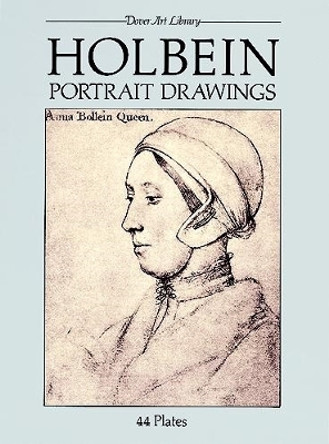Description
Anxious about the threat of Ottoman invasion and a religious schism that threatened Christianity from within, sixteenth-century northern Europeans increasingly saw their world as disharmonious and full of mutual contradictions. Examining the work of four unusual but influential northern Europeans as they faced Europe's changing identity, Jennifer Nelson reveals the ways in which these early modern thinkers and artists grappled with the problem of cultural, religious, and cosmological difference in relation to notions of universals and the divine.
Focusing on northern Europe during the first half of the sixteenth century, this book proposes a complementary account of a Renaissance and Reformation for which epistemology is not so much destabilized as pluralized. Addressing a wide range of media-including paintings, etchings and woodcuts, university curriculum regulations, clocks, sundials, anthologies of proverbs, and astrolabes-Nelson argues that inconsistency, discrepancy, and contingency were viewed as fundamental features of worldly existence. Taking as its starting point Hans Holbein's famously complex double portrait The Ambassadors, and then examining Philipp Melanchthon's measurement-minded theology of science, Georg Hartmann's modular sundials, and Desiderius Erasmus's eclectic Adages, Disharmony of the Spheres is a sophisticated and challenging reconsideration of sixteenth-century northern European culture and its discomforts.
Carefully researched and engagingly written, Disharmony of the Spheres will be of vital interest to historians of early modern European art, religion, science, and culture.
About the Author
Jennifer Nelson is Assistant Professor of Art History at the University of Wisconsin-Madison.
Reviews
"Disharmony of the Spheres exemplifies a genuinely new kind of early modern cultural studies. Each of Nelson's readings displays the same 'technical mastery' of the protocols of the several disciplines across which the book works-art history, history of science and technology, institutional history, early modern philology, and diplomacy too-that she so admires in Holbein's work."
-Jane O. Newman,author of Benjamin's Library: Modernity, Nation, and the Baroque
"A true delight. This is one of the most engaging monographs in art history (in fact truly interdisciplinary, but with a strong foundation in art history) I have had the pleasure to read in a long time."
-Rebecca Zorach,author of The Passionate Triangle
"This book takes as its unifying feature one of the most famous Northern Renaissance paintings in the National Gallery, London: Hans Holbein's The Ambassadors (1533). Nelson divides her discussion into five chapters, giving broad intellectual context to the work."
-A. V. Coonin Choice
"By exploring the epistemic violence done to the European consciousness and the subsequent rupturing of a unified society, the book allows us to explore the ways in which parts of the same world are in fact incongruous, at odds with one another, yet, at the same time, deeply entangled. Nelson's methods of doing so are particularly important, as she moves dexterously between art history, theology, history of science, and Christian humanism."
-Robert John Clines Renaissance Studies
"Nelson brings a refreshing interdisciplinarity to Holbein's Ambassadors that allows us to see it through a theological preoccupation with difference and discrepancy. The happy result is a defamiliarizing of one of the most familiar paintings of Renaissance Europe."
-Michael Gaudio caa.reviews
"As a whole, Nelson's Disharmony of the Spheres is a dynamic new way of thinking about changing conceptions of space in early modern Europe. Nelson presents an impressive body of research, and the means by which she explains the value of sustained difference and self-dissimilarity is highly convincing."
-Sheena Jary Renaissance and Reformation
Awards
"A brilliant and unsettling defamiliarizing of The Ambassadors.".
Book Information
ISBN 9780271083407
Author Jennifer Nelson
Format Hardback
Page Count 216
Imprint Pennsylvania State University Press
Publisher Pennsylvania State University Press
Weight(grams) 816g
Dimensions(mm) 254mm * 178mm * 21mm










